
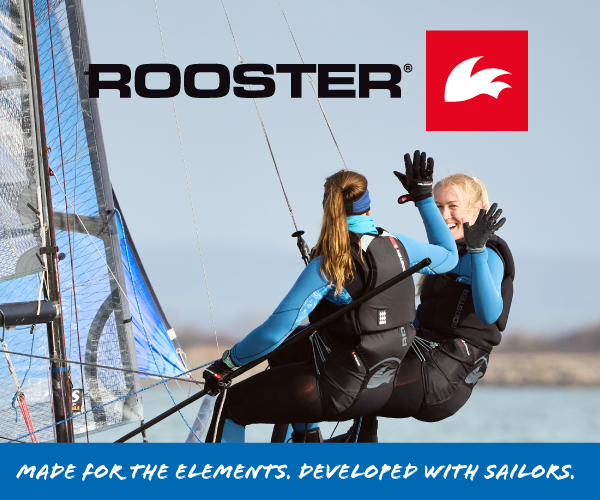
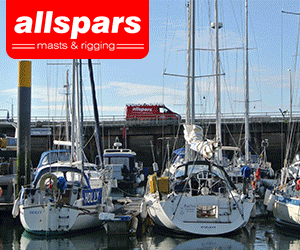
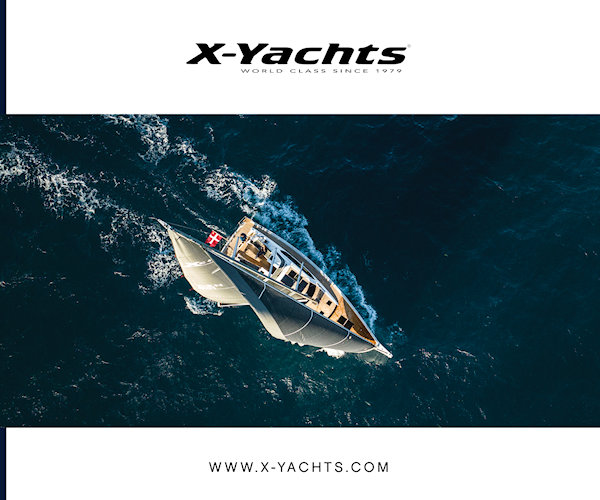
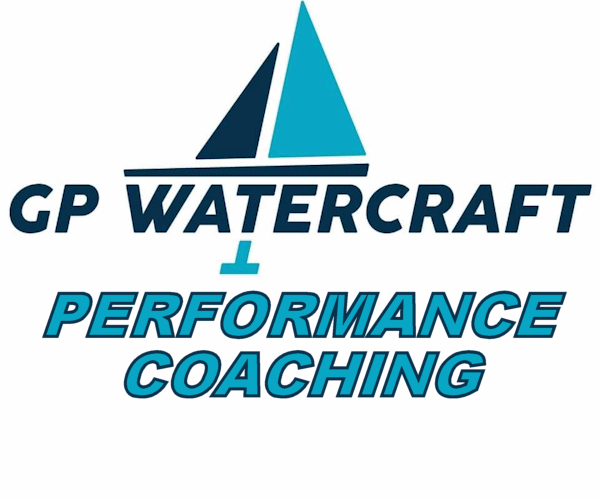
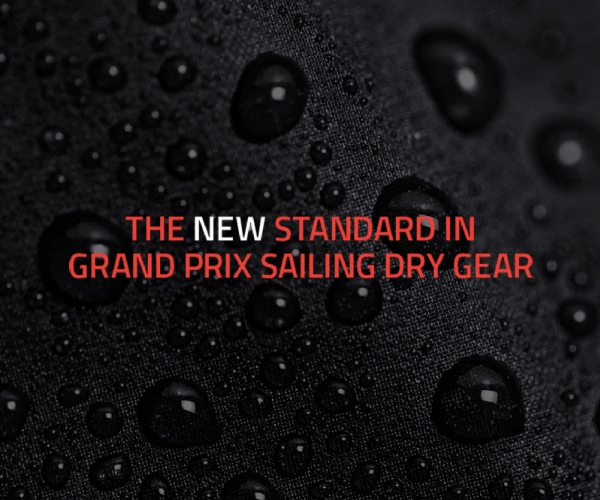
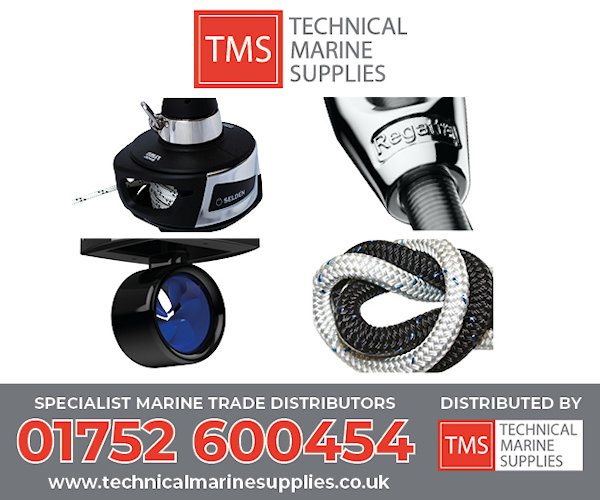



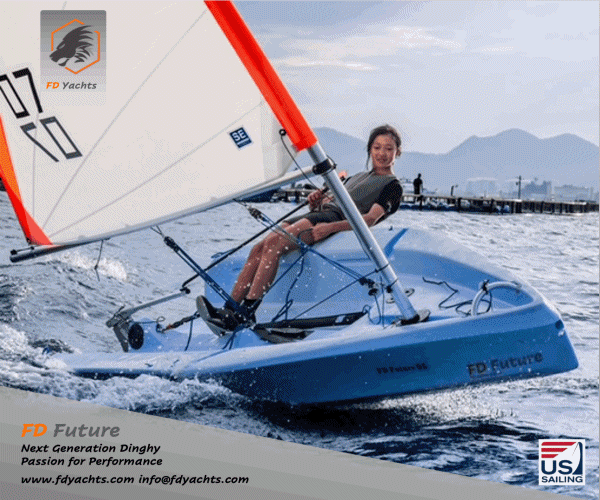
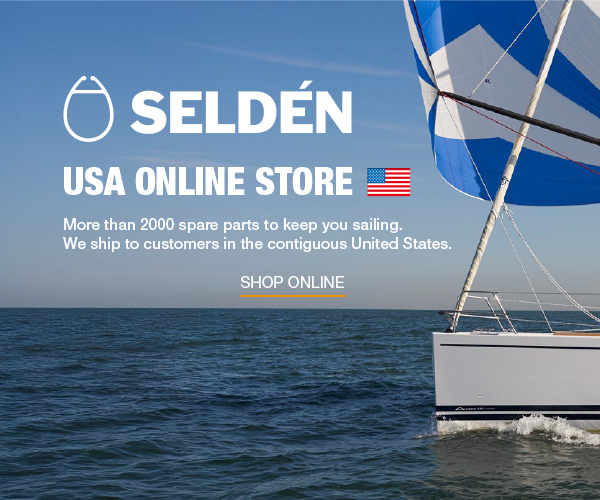
Boats for sale
| Laser 28 - Excellent example of this great design Hamble le rice |
 |
| Rossiter Pintail Mortagne sur Gironde, near Bordeaux |
 |
| Laser 140101 Tynemouth |
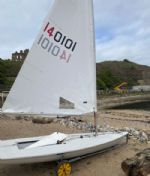 |
List classes of boat for sale |
Mast Head T Foil? |
Post Reply 
|
Page <12345> |
| Author | |
Oinks 
Far too distracted from work 
Joined: 24 Oct 14 Location: Bandol Online Status: Offline Posts: 267 |
 Post Options Post Options
 Quote Quote  Reply Reply
 Topic: Mast Head T Foil? Topic: Mast Head T Foil?Posted: 29 Oct 14 at 8:54pm |
|
Every time the boat pitches nose down, would that not increase turbulence/drag when the boat surges forward?
|
|
 |
|
craiggo 
Really should get out more 

Joined: 01 Apr 04 Location: United Kingdom Online Status: Offline Posts: 1810 |
 Post Options Post Options
 Quote Quote  Reply Reply
 Posted: 29 Oct 14 at 8:54pm Posted: 29 Oct 14 at 8:54pm |
|
A mast head winglet will increase the heeling moment just as much as extending the rig height, dont go thinking that it will provide you a heeling moment benefit.
The other point is that winglets are notoriously sensitive devices. Toe in/out and cant angle all have an impact that changes depending on the local aoa and flow speed. At very low reynolds numbers the ability to get a winglet to work is so small as to not be worth the hassle. This is all assuming of course that iGRF is looking at trying to get an induced drag reduction. I have a sneaky suspicion however that he is trying to lift the boat out of the water using the endplate, a certain folly. The foil operating in the water is able to generate significantly more lift relative to its size than a foil acting in the air so assuming your rig can drive the boat fast enough it will always pay to use the water to lift the boat out. |
|
 |
|
Medway Maniac 
Really should get out more 
Joined: 13 May 05 Location: United Kingdom Online Status: Offline Posts: 2788 |
 Post Options Post Options
 Quote Quote  Reply Reply
 Posted: 29 Oct 14 at 9:17pm Posted: 29 Oct 14 at 9:17pm |
|
One could surely anticipate an increase in sail pressure coefficient, something you will not get from a big, bouncing buoyancy bag.
|
|
 |
|
Chris 249 
Really should get out more 

Joined: 10 May 04 Online Status: Offline Posts: 2041 |
 Post Options Post Options
 Quote Quote  Reply Reply
 Posted: 29 Oct 14 at 11:49pm Posted: 29 Oct 14 at 11:49pm |
|
I was a bit short on detail when I said winglets don't work; they may sometimes work in terms of giving more lift for the same heeling moment (or root moment in aircraft design) but as other have noted, apparently just going for a taller rig would normally be better, especially considering the structural and weight issues with winglets, as well as the pitch issue mentioned earlier. "by far the best orientation for a winglet, from a purely induced-drag view, is horizontal. i.e. as a span extension. Structural considerations, specifically minimizing wing bending moments, is what favors the vertical winglet. So unless there's a draft rule in effect here, mounting one of these anti-vortex panels vertically like a keel or daggerboard would be far more effective than mounting them horizontally. It will produce more heeling moment, but on a cat this should have a very small effect on the overall moment balance." and; "Whether winglets are beneficial depends entirely on the constraints of the problem. Two possible situations are: 1) Lift and span are constrained. Here winglets will definitely reduce induced drag. 2) Lift and root moment are constrained. Here a wing with winglets will not be significantly better than a straight wing, as long as the straight wing can have a slightly larger span. Root moment is the same as heeling moment, which is definitely a constraint on a sailboat. So winglets on a sailboat generally don't make sense. They would make sense only if there is a severe mast-height constraint in the rules, such that case 1) is more relevant." Tom Speer has noted on the same forum; "If you keep the sail area the same and add winglet area, then the total wetted surface is increasing. This brings with it a parasite drag penalty. There may also be a rating penalty if the winglet area is judged to count as sail area. On this basis, you might want to ask the question as to what produces the minimum induced drag, constrained by both total area and heeling moment. That would keep the parasite drag the same. Even if the winglet area doesn't count, so the basic sail area can be held constant, the increase in effective span you get with a winglet requires more winglet area than the increase in sail area required to extend the tip for the matching physical span. In other words, when you optimize a winglet's dihedral angle to minimize the parasite drag penalty, it turns out that the optimum winglet dihedral angle is zero - the winglet is a straight extension of the sail." and in another post; "Winglets do provide the same drag reduction with less bending moment (equivalent to heeling moment), so they can be more attractive as retrofits than simple span extensions. Here's another way to look at it. The lift is often fixed by the stability of the boat. So there are really only two things the winglet can do. It can provide a reduction in induced drag, which is equivalent to an increase in span, or it can provide the same drag with a reduction in heeling moment. But there are other means to achieve the same end, and it becomes a matter of tradeoffs of other drag sources and practical considerations as to which route to go." and; "The optimum dihedral angle for a winglet is zero, unless the span is constrained for some reason." And in reply to someone asking why would Boeing use winglets if they didn't work, Tom (former Boeing designer) replied; "Style and branding play a bigger part that you might think. A simple span extension will do the same thing as a winglet, with less wetted area. You also get a reduction in stall speed from the increased wing area. So from a purely aerodynamic point of view, this is the way to go. But winglets are useful when there are other constraints. For example, if the span is extended, it may not be possible to get into the same gates at the airport. And it is possible to achieve the same increase in effective span with less wing-root bending moment (and therefore less structural beef-up) with a winglet than a span extension." I love reading Tom and Mark's stuff, because what these guys who are actual aerodynamic gurus says actually matches what we see in real life. In contrast, there are legions of guys who appear to have read a webpage on basic aero theory and then come up with silly ideas and blame their lack of acceptance on rating rules or supposedly conservative sailors. And apologies for going off on a tangent, but while looking for the Speer/Drela stuff I came across yet another person saying "if the Wright Brothers had listened to the scientists and experts, they wouldn't have learned how to fly". What a load of rubbish - when Wilbur decided to get involved in flying the first thing that he did was to write to the Smithsonian and get all the available scientific info sent to him. Even before the famous first flight, he was asked to give lectures to qualified engineers and was supported by a major name in engineering, and both brothers used the scientific research of Smeaton, Lilienthal etc in their design. They are classic examples of people who learned from the state of the art science and then took it further through application of the scientific method, but they get used as an example of the opposite approach. It's probably a self-generating myth; those who hate research don't actually do any research about the Wrights because they prefer to rely on their anti-intellectual BS, therefore they will never find out how wrong they are. Surely the same general idea applies to sailing - we can learn more by starting from the viewpoint that the state of the art in any field (such as dinghy design) is valid technology and learning from it, rather than saying "most of the stuff out there is cr&p and it's easy to see how it could be done better".
Edited by Chris 249 - 30 Oct 14 at 12:08am |
|
 |
|
Medway Maniac 
Really should get out more 
Joined: 13 May 05 Location: United Kingdom Online Status: Offline Posts: 2788 |
 Post Options Post Options
 Quote Quote  Reply Reply
 Posted: 30 Oct 14 at 12:22am Posted: 30 Oct 14 at 12:22am |
|
None of which appears to explain why winglets are used on competition-winning gliders, and we are more interested in pressure coefficients and moments than they are.
|
|
 |
|
Do Different 
Really should get out more 
Joined: 26 Jan 12 Location: North Online Status: Offline Posts: 1312 |
 Post Options Post Options
 Quote Quote  Reply Reply
 Posted: 30 Oct 14 at 8:02am Posted: 30 Oct 14 at 8:02am |
|
So 249. Genuine question from a lay person. Given that an extension of span is as good a method of improving tip efficiency as any, from a practical and reliable point of view anyway.
Is the older style of pin head shape of mainsail so bad after all? |
|
 |
|
davidyacht 
Really should get out more 
Joined: 29 Mar 05 Online Status: Offline Posts: 1345 |
 Post Options Post Options
 Quote Quote  Reply Reply
 Posted: 30 Oct 14 at 8:36am Posted: 30 Oct 14 at 8:36am |
|
One observation from attending a few Aerohydro lectures, is that you need to consider the relative scale and importance of the different factors that affect lift and drag.
The bigger drivers are area, angle of attack or trim and aspect ratio. If you are looking at tip vortices it might be worth first considering the aerodynamic profile of the mast in front of the sail, for Graeme consider RAF vs. Camber Induced. In the case of a sail, the engineering constraints of providing effective winglets, the increase in weight aloft, difficulty in the articulation and presenting a decent section on all points of the wind, would possibly out weigh the benefits in limiting tip losses. I am a great believer in the diminishing returns curve, it is really easy to get pretty high up the curve with the rigs we use today, you may require a huge amount of effort to achieve a limited return by adding winglets to sails. However I drew up a foiling rudder for a National 12 when I first saw them on a 14, did the sums and concluded that the drag penalty outweighed the reduction in drag of the hull as a result of the derived lift, so didn't bother. A few years later Jo Richards made an engineered solution and cleaned up - so what do I know. |
|
 |
|
Guests 
Guest Group 
|
 Post Options Post Options
 Quote Quote  Reply Reply
 Posted: 30 Oct 14 at 8:47am Posted: 30 Oct 14 at 8:47am |
|
How about sticking a small sail on top of the mainsail set on the opposite tack? Would reduce the heeling moment to zero, but as it is smaller it wouldn't reduce the thrust to zero, so you can have as big a sail as you like and no (sideways) capsizing. Not very efficient from a drag (pointing) perspective, but lots of power potentially available.
There was an 18 last year (Lumix?) that had a horizontal end plate above the jib iirc. Don't know how it got on. |
|
 |
|
iiitick 
Far too distracted from work 
Joined: 04 Jun 14 Location: gb Online Status: Offline Posts: 478 |
 Post Options Post Options
 Quote Quote  Reply Reply
 Posted: 30 Oct 14 at 9:26am Posted: 30 Oct 14 at 9:26am |
|
So you get one of these new fangled square top rigs, lengthen the mast and draw the sail up to a traditional 'pin head'. I thought square heads were a way of changing characteristics of sails and reducing mast height/heeling moment?
I am trying to be serious here, if a mast head foil is too extreme a solution when it comes to all that wind whizzing up the sail and falling off the top then why not have a series of little winglets every three feet or so up the mast. If they projected in front of the mast a little they would collect the air as it approached the luff and direct it over the sail in more constant flow. After all those dreadful jet ski things work because they have a prop in a tube rather than just splashing about off the back of a boat? I am told that I should look at my leech tell-tales and control them with kicker until they are all streaming but breaking occasionally so flow over the sail is important.
|
|
 |
|
Medway Maniac 
Really should get out more 
Joined: 13 May 05 Location: United Kingdom Online Status: Offline Posts: 2788 |
 Post Options Post Options
 Quote Quote  Reply Reply
 Posted: 30 Oct 14 at 10:32am Posted: 30 Oct 14 at 10:32am |
Like this: http://www.google.com/patents/US4843987 or this: http://worldwide.espacenet.com/publicationDetails/biblio?FT=D&date=20130117&DB=EPODOC&locale=en_EP&CC=US&NR=2013014683A1&KC=A1&ND=5 - hope that link works. click around to see the drawings (pdf, so I can't upload) |
|
 |
|
Post Reply 
|
Page <12345> |
| Forum Jump | Forum Permissions  You cannot post new topics in this forum You cannot reply to topics in this forum You cannot delete your posts in this forum You cannot edit your posts in this forum You cannot create polls in this forum You cannot vote in polls in this forum |
Bulletin Board Software by Web Wiz Forums® version 9.665y
Copyright ©2001-2010 Web Wiz
Change your personal settings, or read our privacy policy
Copyright ©2001-2010 Web Wiz
Change your personal settings, or read our privacy policy











 Printable Version
Printable Version Delicious
Delicious Digg
Digg Facebook
Facebook Furl
Furl Google
Google MySpace
MySpace Newsvine
Newsvine reddit
reddit StumbleUpon
StumbleUpon Twitter
Twitter Windows Live
Windows Live Yahoo Bookmarks
Yahoo Bookmarks Topic Options
Topic Options